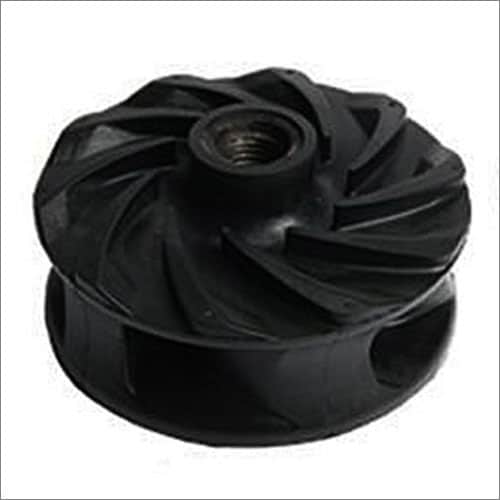- Shifo Industrial Zone, Anguo City, Hebei Province,China
- +8618831216699
sale@nlpumps.com

Introduction:
Centrifugal pumps are widely used in various industries for fluid transportation. Their ability to generate high flow rates and handle large volumes makes them a popular choice. However, there is often confusion regarding whether centrifugal pumps can "pull" suction or only "push" fluids. In this article, we will delve into the working principle of centrifugal pumps and explore the concept of suction to understand whether these pumps can indeed pull suction.

Understanding Centrifugal Pumps:
Centrifugal pumps operate based on the principle of centrifugal force. They consist of an impeller that rotates within a casing, creating a centrifugal force that propels the fluid from the center of the impeller to its periphery. As the fluid is propelled outward, a low-pressure zone is created near the impeller's center, which allows more fluid to flow into the pump.
The Role of Pressure:
To comprehend whether centrifugal pumps can pull suction, it is essential to understand the role of pressure in fluid movement. Fluids naturally flow from regions of higher pressure to regions of lower pressure. In the case of centrifugal pumps, pressure is crucial for driving the fluid through the system.
Pushing vs. Pulling Fluids:
Centrifugal pumps are primarily designed to push fluids rather than pull them. When a pump is installed above the fluid level, it uses its impeller to push the fluid from a low-pressure area to a high-pressure area. This setup is known as a "flooded suction" or "positive suction head" configuration.
Suction Limitations:
While centrifugal pumps are not typically considered "suction" pumps, they can operate under certain suction conditions. However, there are limitations to the suction capabilities of these pumps. One of the critical factors is the Net Positive Suction Head (NPSH), which refers to the absolute pressure at the pump's suction inlet.
The NPSH must be higher than a certain value known as the Required NPSH (NPSHr) for the pump to operate effectively. The NPSHr is determined by the pump manufacturer and is influenced by factors such as pump design, impeller size, and operating speed. If the available NPSH falls below the NPSHr, the pump may experience issues such as cavitation, which can damage the pump and reduce its efficiency.
Using Priming for Suction:
To enhance the suction capabilities of a centrifugal pump, a technique called priming is often employed. Priming involves filling the pump casing and suction pipe with fluid before starting the pump. By pre-filling the system, the pump can eliminate air pockets and enhance its ability to draw fluid into the impeller.
Conclusion:
While centrifugal pumps are primarily designed to push fluids rather than pull them, they can operate under specific suction conditions. However, their suction capabilities are limited and rely on factors such as the Net Positive Suction Head (NPSH). Understanding the pump's NPSH requirements and employing techniques like priming can enhance its suction capabilities. It is crucial to consult the pump manufacturer's guidelines and ensure proper installation and operation to achieve optimal performance.